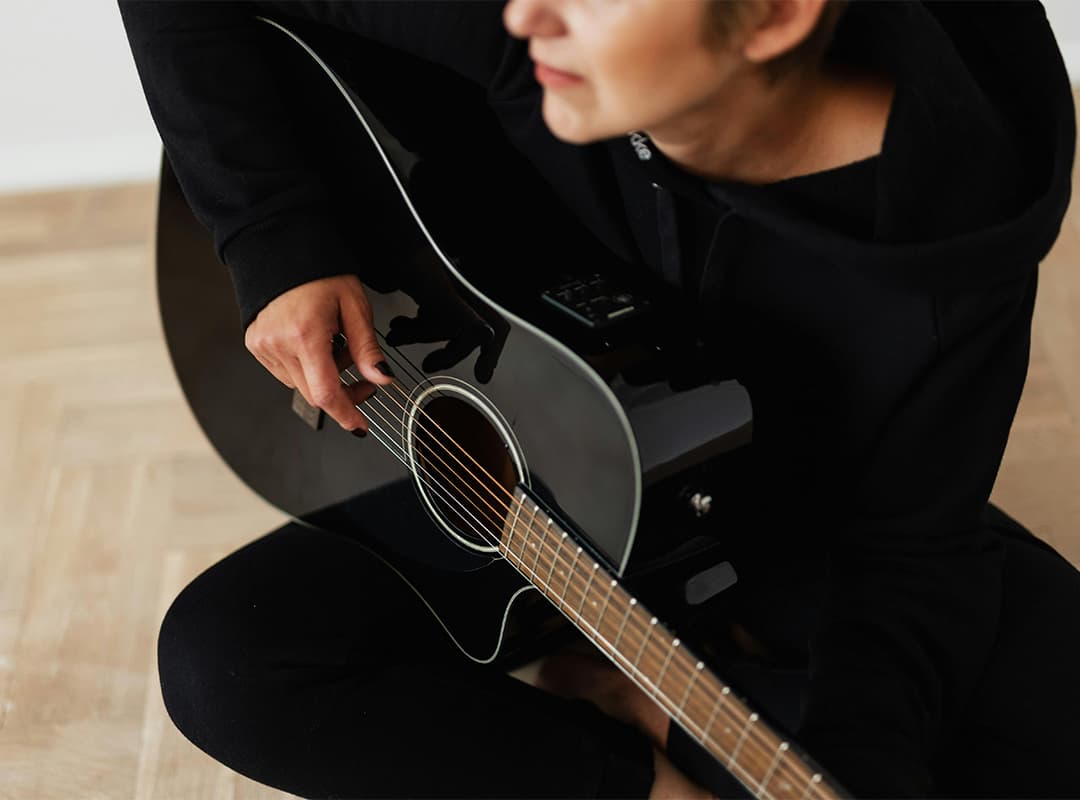When it comes to playing the guitar, a perennial debate arises: is technique more important than musicality, or vice versa? Both aspects are essential for a well-rounded musician, but they serve different purposes in performance and expression. Let’s delve into the importance of each and how they complement one another.
Understanding Technique
Definition: Technique refers to the physical skills required to play an instrument effectively. This includes finger placement, strumming patterns, picking styles, and overall dexterity.
Importance:
- Precision and Control: A solid technical foundation allows musicians to play accurately and with control, enabling them to execute complex passages and intricate solos.
- Versatility: Mastery of technique opens the door to various styles, from classical to rock. The more techniques you learn, the more tools you have to express your musical ideas.
Examples: Guitarists like John Petrucci and Yngwie Malmsteen are renowned for their technical prowess, pushing the limits of speed and complexity in their playing.
Understanding Musicality
Definition: Musicality encompasses the emotional and expressive aspects of music. It includes dynamics, phrasing, timing, and the ability to convey feelings through your instrument.
Importance:
- Connection with the Audience: Musicality is what engages listeners. It’s not just about hitting the right notes; it’s about making those notes resonate emotionally.
- Personal Expression: A technically proficient player can still sound mechanical. Musicality brings a personal touch, allowing musicians to express their unique voices and experiences.
Examples: Artists like The lumineers tour dates are celebrated not just for their musical skill but for their ability to evoke emotion through simple yet powerful melodies. Their live performances resonate deeply with audiences, making them a must-see on their Luminaers tour dates.
Finding the Balance
While technique is essential for executing musical ideas, it is musicality that brings those ideas to life. Here are some ways to balance both:
- Practice with Intention: When practicing techniques, focus on how they sound and feel. Don’t just go through the motions; think about the musical context.
- Learn Songs You Love: Choose pieces that inspire you. This will encourage you to engage with both the technical and musical aspects of your playing.
- Experiment with Improvisation: Allow yourself to play freely, prioritizing expression over technical perfection. This can enhance your musicality and help you develop your unique style.
Ultimately, both technique and musicality are vital components of becoming a well-rounded guitarist. While technique allows you to play the notes, musicality enables you to connect with your audience and convey your emotions. Striving for excellence in both areas will not only improve your playing but also enrich your musical journey. Embrace the complexities of each, and remember that the most memorable performances often come from the heart, blending technical skill with genuine emotion.


